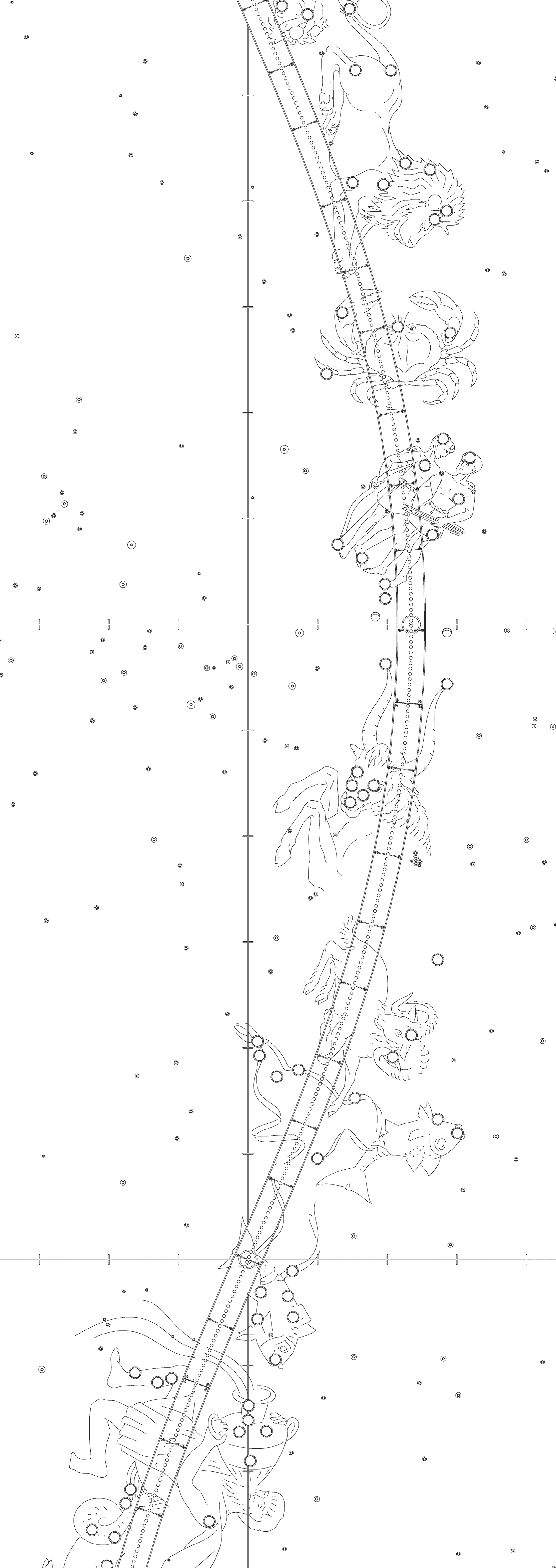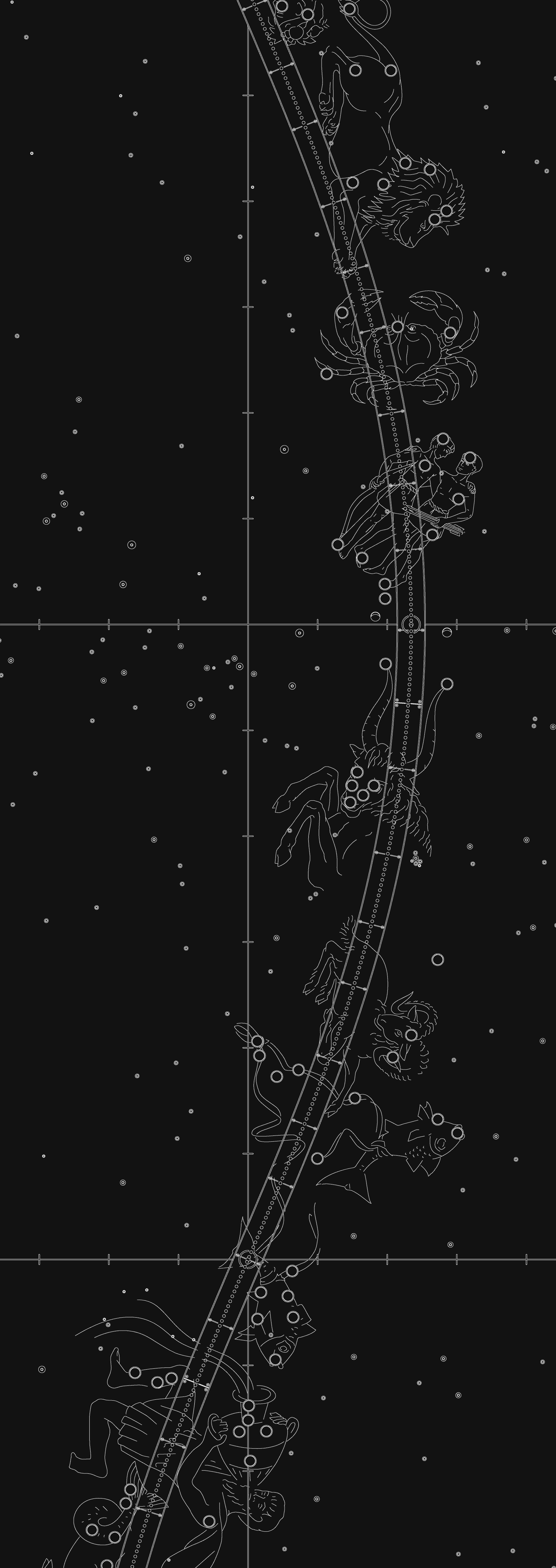Teacher Resources
Whether or not your class is participating in one of our school programs, Griffith Observatory has resources and activities to make each students STEM learning richer and more inspiring.



Speaking Like an Astronomer
To think like an astronomer, your students need to know the language. It’s a good idea to have your students review the Glossary of Terms used in the school program before their visit. A fun activity is to assign one term per student or group of students. Have them create an illustration for the definition. Show the class the illustrations. Have them write down on a piece of paper the term that goes with each one. Make a class book out of the illustrations.
Be A Spacecraft (Part 1)
Have students look up the properties of each of the eight planets plus Pluto, including their size, distance from the Sun, and a few facts about them. Write down the information for each planet on index cards in preparation for your visit to Griffith Observatory. Identify space missions that have visited each planet. Did the spacecraft fly by, orbit, or land? When? What mission has gone the farthest? What was the first mission to land on another planet? Write down the information for each spacecraft on index cards in preparation for your visit to Griffith Observatory. Use the cards in the Solar System Lawn Model activity (Part 2) by re-enacting the historical sequence of solar system exploration.
Where in the building: Gunther Depths of Space exhibits
Be A Spacecraft (Part 2)

The Solar System Lawn Model shows the relative size of the orbits of the planets (and Pluto) around the Sun. The center of the solar system is located in front of the Observatory’s North Doors. Students can compare the relative distances of the planets by standing on the inlaid bronze plaques and orbit lines. The Lawn Model is designed to complement the planet models scaled for size in the Gunther Depths of Space gallery. Ask the students why it is difficult to show the size of the planets and their orbits to scale in one exhibit.
(ANSWER: Any exhibit showing the planets’ size to scale would be much too large for the front lawn!)
Where in the building: Solar System Lawn Model (front lawn), Gunther Depths of Space exhibits
WANTED: Elements
After learning about the periodic table, each student chooses an element and creates a WANTED poster that describes the properties of that element but not the element’s name. Each student presents the poster to the class, and students try to identify elements from the information provided on the WANTED poster.
Where in the building: Ahmanson Hall of the Sky exhibits
Movement of the Sun

To show students that the position of the Sun changes from season to season, choose a classroom window or a place on the playground where students can observe and mark where the Sun is in the sky over the course of one day. Then, do the same thing at the same time each day throughout the year. Mark the place every two weeks for several months or the whole school year.
Where in the building: Gottlieb Transit Corridor and Observatory sundial (lawn); Sun and Stars Paths exhibit (Ahmanson Hall of the Sky)
Monumental Astronomers
Introduce students to some of the greatest astronomers of all time. Divide the students into groups and have them choose one of the six astronomers depicted on the Astronomers Monument at the Griffith Observatory (see Outside Activities) and portray the famous astronomer for the other students. Have the class guess which astronomer each group is portraying.
Upon arrival at Griffith Observatory students see first the Astronomers Monument. The Astronomers Monument is a large outdoor concrete sculpture on the front lawn that spotlights six of the greatest astronomers of all time. While circling the monument, discuss some of the major accomplishments of the famous scientists depicted in the sculpture.
Where in the building: Astronomers Monument & Sundial (lawn)
Using the Sun to Tell Time
Using the Sundial, students will estimate the current time without looking at a watch. Check a watch to compare accuracy of the Sundial. Ask the students how close the times are and why they are different?
(ANSWER: We use different “time zones” to approximate the local time, but the actual time can vary depending on where you are located in your time zone. In addition, at different times of the year the Sun can be slightly ahead or behind the time determined from the local meridian. More advanced students may be interested to learn more about the analemma, or the equation of time.)
Where in the building: Astronomers Monument & Sundial (lawn)
Through a Telescope

Come back to the Griffith Observatory at night and bring family and friends! The Zeiss telescope and portable telescopes at Griffith Observatory are free and open to the public every clear night the Observatory is open until 9:45 p.m., though it is advisable to arrive before 9:00 p.m. to ensure a look through a telescope. You could also come for one of our monthly public star parties.
Use our list of local astronomy clubs to find one near you that sponsors star parties and let your students and their families know.
Marking the Motion of the Sky
The Gottlieb Transit Corridor immerses students in the motions of the Sun, Moon, and stars across the sky and demonstrates how these motions are linked with time and the calendar. The passage of time and the cycle of the seasons is fundamental knowledge. Using the Meridian Arc, students will observe the Sun’s daily passage (transit) across the north-south line (meridian) at local solar noon and will see on the Ecliptic Chart which constellation the sun currently resides in. The Meridian Arc also demonstrates how the Sun changes its elevation along the north-south arc that bridges the sky (celestial meridian). Similar observations have been made by people all over the Earth since antiquity.
Where in the building: Gottlieb Transit Corridor
Inventing Life Forms
Students imagine how life might have evolved on planets with different conditions different from those on Earth. Begin by providing an overview of the different kinds of planets in our solar system and in other solar systems. Then, working in groups, students invent a life form that would adapt to the conditions on an alien world. Students draw a picture and describe the creature they have invented. In an extension activity, students write a story featuring the newly invented creatures.
Make Your Own Comet
Here’s the “recipe” for the Make a Comet demonstration that you can do in the classroom.
Astronomy Resources on the Web
Check out these online astronomy educational resources from NASA, the Planetary Society, and other institutions.
Review Third-grade Standards
The Griffith Observatory field trip program assumes students are already familiar with concepts described in the third-grade standards.